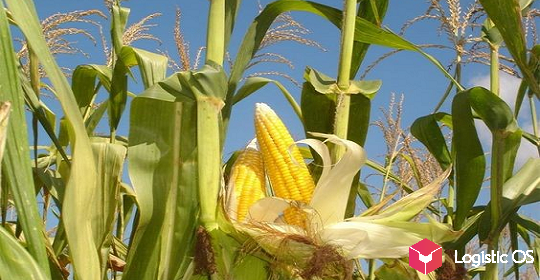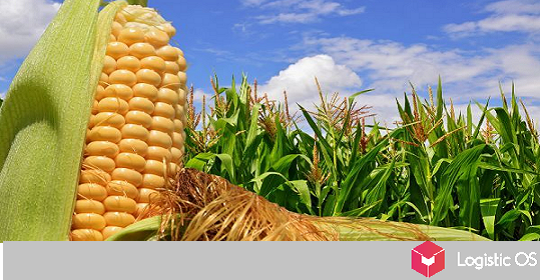Over the past week, prices for wheat with protein in the deep-sea ports of the Russian Federation have fallen by about 950 rubles, to 15 thousand per ton. A similar trend is observed in the market as a whole.
Such a price reduction is negative for both agricultural producers and exporters of Russian products.
All this creates problems for farmers. They were pointed out, in particular, by the general director of the ProZerno analytical center, Vladimir Petrichenko.
High inventories put pressure on prices
This applies to both the new year’s harvest and the remnants from the previous season, which in many respects are still not sold out.
At the same time, the most active stocks are leaving warehouses in the so-called “golden triangle”, which includes the Rostov, Stavropol and Krasnodar regions.
And in other regions of the Russian Federation, for example, in the Center and the Volga region, a large amount of reserves has accumulated.
This is explained by the fact that the listed 3 regions are the most important places of production, and they are also convenient for sales.
Falling world prices
Currently, there is a dynamic decline in grain prices all over the world, and this is causing prices to fall within Russia as well.
Weakening of the ruble
An expensive dollar, on the one hand, is beneficial for exporters, since it allows them to receive more rubles from each ton of products sold.
On the other hand, it makes imports very expensive, and yet many categories of goods, such as agricultural machinery and spare parts for it, are of imported origin.
Lack of government support
Currently, according to Petrichenko, farmers see virtually no help from the government.
This is bad because they have to cope with all the problems on their own, among the main ones being rising production costs against the backdrop of declining margins.
Export duty
It still remains high, which is even more noticeable for manufacturers and exporters against the backdrop of low product prices.
What could this situation lead to?
Last year, Russian farmers harvested a record harvest, and this year it was also very good. But there are no guarantees that this will continue.
According to experts, the current situation is quite threatening: the trend of growth in harvest volumes may soon give way to stagnation and then decline.
To avoid this, the state needs to start solving the problems of agricultural producers today — first of all, by taking measures that could help restore margins, since production costs are not always fully compensated by profits.

